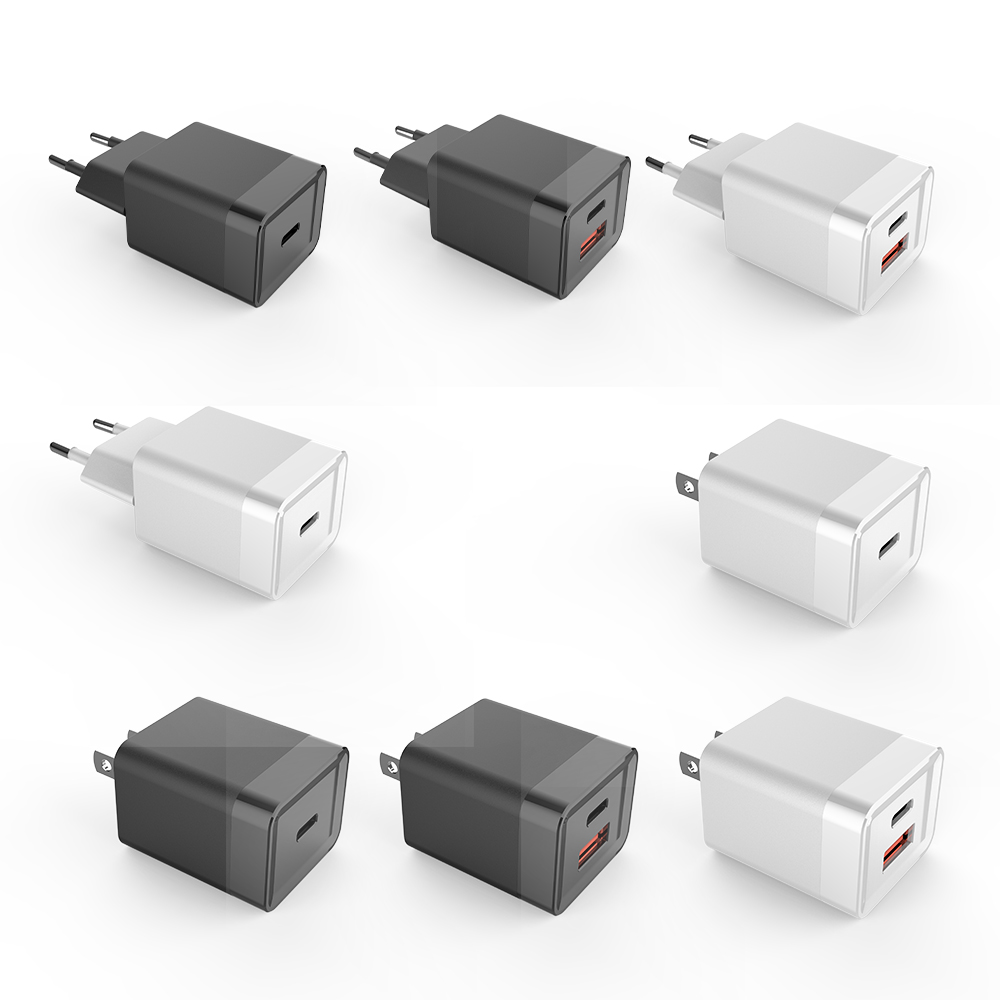With the rapid advancement of robotics, many tech giants have turned their attention to this promising field. It's hard to deny that the future of robots looks bright. However, one company that has stood out in this space is Google, which initially made a big splash but later faced significant challenges.
Google's foray into robotics sparked a lot of excitement within the industry, with high hopes that it would drive innovation and growth. But as expectations grew, so did the disappointment. Despite its massive investments and acquisitions, Google didn't make the impact many had anticipated in the robotics sector.
One of the key issues was the lack of a clear vision. Google's goals in this area were not well-defined, and employees often felt uncertain about the direction of the company. As a result, the robotics division was eventually disbanded, and many top experts left, taking their knowledge and expertise elsewhere.
In 1982, the film *Blade Runner* introduced the world to "replicants"—artificial humans created by a fictional company. This concept, originally from Philip K. Dick's novel, has since inspired countless stories and discussions about the future of artificial life.
Over the past few years, two major robotic topics captured public attention. One was the sequel *Blade Runner 2049*, which underperformed at the box office, and the other was Google's mysterious "Replicant" project, which also failed to live up to expectations.
**Crazy Acquisition of Robotics**
Andy Rubin, the creator of Android, began aggressively acquiring robotics companies in 2013, purchasing at least nine firms. This bold move was part of Google's strategy to diversify beyond its core search advertising business and position itself as a leader in smart machines.
These acquisitions were seen as some of the most exciting developments in the robotics field. With its vast resources and influence, Google seemed like the ideal place to consolidate these efforts into a single department. The robotics community welcomed the emergence of such a powerful new player.
"People are excited about this," said Rosanna Myers, CEO of Carbon Robotics. However, the momentum didn’t last long. Many of the acquired companies' robots were only used internally within Alphabet, and key leaders started leaving after the four-year vesting period for stock options ended.
Myers believes the departure of Google’s robotics talent is actually a positive for the industry, as these individuals had struggled in recent years. “Google kept these experts to hinder industry growth, not to drive it forward,†she said.
Alexa Dennett, a spokesperson for Google X Labs, noted that robotics projects typically take at least five years to become commercially viable. Rich Mahoney, head of the robotics department at Stanford International Research, agreed, stating that most of Google’s acquired robotics companies couldn’t launch products quickly.
“I think they're focused on building talent and laying the groundwork for future opportunities,†he added.
**Unclear Goals, Dissolved Division**
Despite all the investment, Google never clearly stated what it aimed to achieve with robotics. According to insiders, the newly formed robotics division remained hidden from the public, and the company never shared its vision with employees who joined through acquisitions.
In 2014, Andy Rubin left Google to start his own venture capital firm and hardware incubator. Soon after, the Replicant division was dissolved, and its employees were scattered across Google and other Alphabet subsidiaries.
Google’s struggles in robotics aren’t unique—many companies in this space have faced similar challenges. However, some failures have paved the way for future success.
According to a report by Loup Ventures and the International Federation of Robotics, the global robotics market is currently valued at $24.5 billion, with over half of that coming from industrial robots used in warehouses and manufacturing. The market is expected to double in size within five years.
While Google hasn’t completely exited the industry, it continues to invest in areas like self-driving cars (Waymo) and drone technology. Last year, the company also launched a project called “arm farm,†where multiple robotic arms are being tested in a lab at its Mountain View campus.
Multi USB Port Charger
A multi-port USB Charger is a great way to charge multiple devices at once. These chargers are useful for families, work places and dorm rooms.Usually,a multi port charger with two or more inferances at the same time,it maybe Type C Charger and USB charger.


Multi USB Port Charger,Usb C Laptop Charger,Car Laptop Charger,Apple Power Adapter
Pogo Technology International Ltd , https://www.wisesir.net
